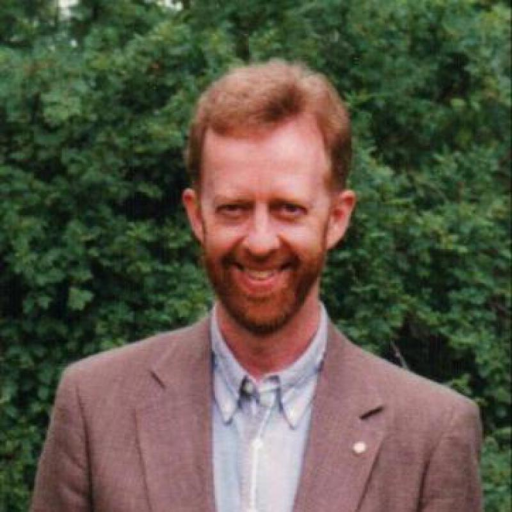

Robert Malone
1945 — September 2, 2020
Robert Charles Malone, long time resident of Los Alamos, recently passed away.
He earned his BA in physics at Washington University (St. Louis) in 1967 and his PhD in theoretical astrophysics at Cornell University in 1973. He accepted a Technical Staff position at the Los Alamos National Laboratory where he carried out research on laser-driven and magnetic-confinement fusion. However, he also retained a latent interest in global climate modeling that had sprung from the first Earth Day in 1970. Then in 1979, he was offered a position at LANL that he had envisioned since the first Earth Day. Bob spent the next several years collaborating with visitors and staff at the National Center for Atmospheric Research in Boulder, Colorado. By focusing on validation of the first version of the NCAR Community Climate Model, the CCM became a timely tool for studying a range of problems.
One such problem was the “nuclear winter” hypothesis that came to public attention in 1983. It postulated that absorption of sunlight by smoke from fires following a hypothetical nuclear war would cause the earth’s surface to cool to winter-like conditions even in summertime. Bob assembled a small team of scientists at Los Alamos to extend the physics in the CCM to address nuclear winter. Over the next 12 months, the Los Alamos model surpassed competing models in terms of full interactivity of smoke-filled air, including solar heating, three-dimensional transport, and scavenging of smoke by precipitation as predicted by the model. Our rapid progress surprised everyone and was very well received at a symposium on nuclear winter held at the National Academy of Sciences in March 1985.
Later Bob was appointed Director of Model Development for the Department of Energy CHAMMP program, which brought massively parallel computing to climate modeling. He also laid the foundation for what would become the Climate, Ocean and Sea Ice Modeling project under CHAMMP at Los Alamos. COSIM scientists developed the Parallel Ocean Program (a global high-resolution computer model of the world’s ocean circulation) and the CICE model (a dynamic model for sea-ice in both Polar Regions) for use in what had now become the NCAR-LANL CCM. In this way, a seed planted on Earth Day was brought to fulfillment.
There will be no service. In lieu of flowers, please feel free to donate to a climate change organization of your choosing.
Guestbook
Visits: 1
This site is protected by reCAPTCHA and the
Google Privacy Policy and Terms of Service apply.
Service map data © OpenStreetMap contributors



